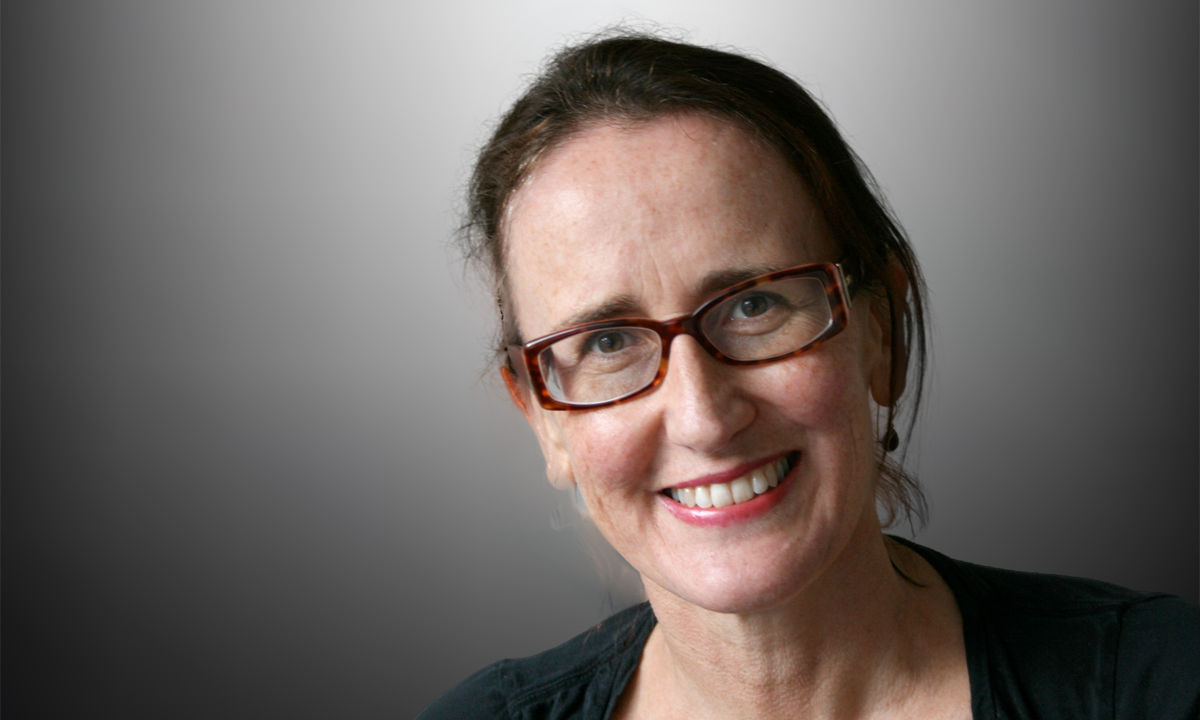ABOUT 5 years ago, the director of a university pathology museum showed me around his collection.
“We have every colour of the rainbow here,” he said with pride.
“Blue?” I asked. He grinned and silently led me to a display case containing a blue-black slab that glistened like polished stone.
It was a coal miner’s lung, dating, I think, from the mid-20th century.
I gazed at it, as I had at the museum’s childhood diphtheria specimens, with the detached horror reserved for human suffering that is safely contained in the past.
Or so I thought at the time.
Last week, the Queensland parliamentary inquiry into coal workers’ pneumoconiosis (CWP, or black lung) released its final report, making 68 recommendations for change and slamming the “catastrophic failure” of the regulatory system that was supposed to protect coal workers from the preventable disease.
Since 2015, 21 Queensland coal workers have been diagnosed with black lung. NSW also saw its first diagnosed case in half a century earlier this year.
Given the potentially long lead-time before symptoms emerge, there are likely to be many more cases, the Queensland report says.
As did the 2016 Senate inquiry, the Queensland report expresses shock and distress that a disease thought to have been eradicated in Australia at least 30 years ago could once again be causing devastation among miners.
The bipartisan report is careful in its choice of words, speaking of a “re-identification” rather than a “re-emergence” of black lung.
“Until the re-identification of CWP in 2015, the entire coal mining industry in Queensland (and NSW) seemed to believe that CWP had been eradicated in Australia,” it says.
“However, the evidence gathered by the committee suggests otherwise. It is highly unlikely CWP was ever eradicated in Queensland.”
The claimed disappearance of the disease was certainly convenient for commercial operators and governments benefiting from a long running coal boom, though it was a fiction that probably required a certain amount of Kool-Aid consumption from all concerned.
The report puts it more diplomatically: “This [belief] is particularly concerning given the continuing high rates of CWP diagnoses in the USA over the same period.”
The idea that Australian coal workers were somehow miraculously immune from the disease afflicting their American counterparts seems particularly bizarre when you consider that US maximum exposure limits for workers, at 1.5 mg per square metre, are far lower than those in either Queensland (3 mg) or NSW (2.5 mg).
Some miners told the inquiry they had been coughing up black mucus for years.
The belief in eradication allowed both industry and regulators to be pretty cavalier in their approach to the risks workers faced from exposure to coal dust.
“A culture of complacency and disregard for the serious risk posed by respirable dust exposure” had developed across the industry, according to the report.
Dust engineering controls were used sporadically if at all, there was no investigation when the (already lax) exposure limits were exceeded, and workers, many of whom were employed on short term contracts, were afraid to voice concerns, the inquiry was told.
And, because of the shared delusion about eradication, nobody was looking for the disease, and there was little or no information provided to health professionals.
The Queensland Department of Natural Resources and Mines’ under-resourced health surveillance unit was so overwhelmed by the volume of paperwork generated by the mining boom it apparently had a backlog of 170 000 unprocessed health records in mid-2016.
Many of those records were “stored in a janitor’s cupboard next to the female toilets” or in off-site shipping containers, according to the report. When attempts were made to retrieve them, a great number were found to be unreadable.
There are many things I could say about coal that would be outside the scope of this article, but one thing is clear: the wealth it has brought to Queensland as that state’s biggest export has been at the expense of workers left shamefully unprotected by their employers and by government.
Jane McCredie is a Sydney-based health and science writer.
To find a doctor, or a job, to use GP Desktop and Doctors Health, book and track your CPD, and buy textbooks and guidelines, visit doctorportal.

 more_vert
more_vert